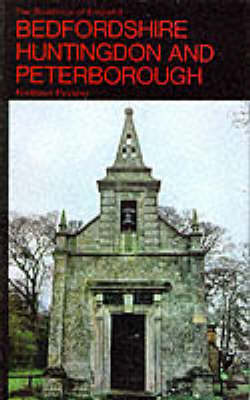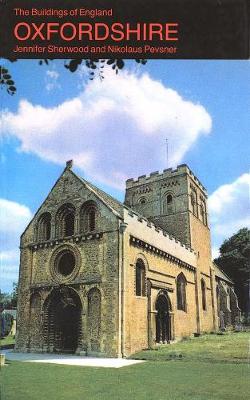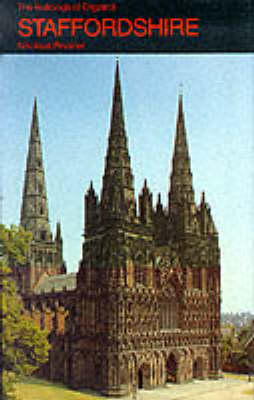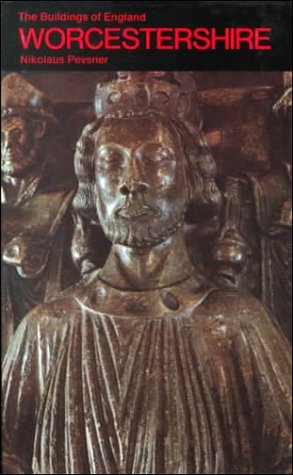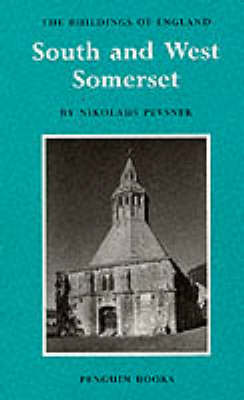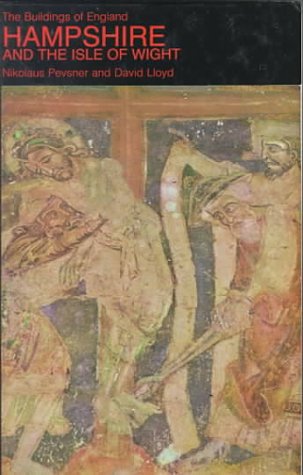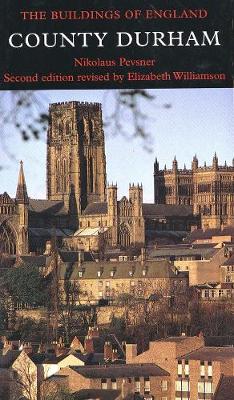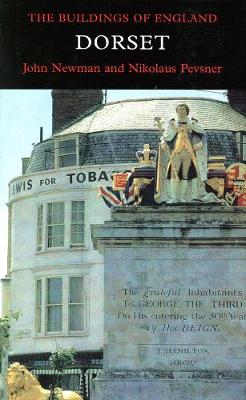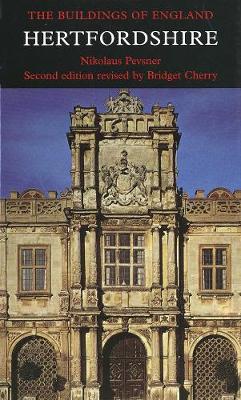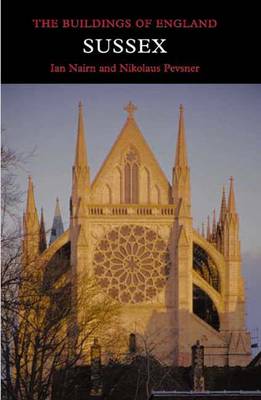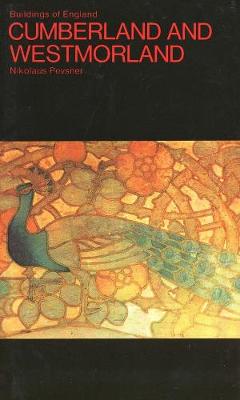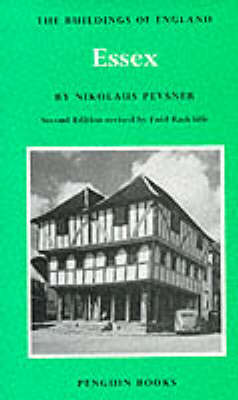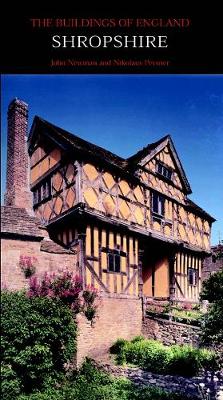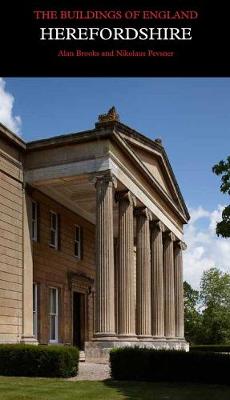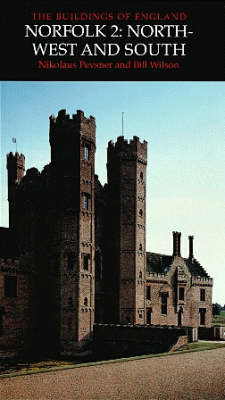The Buildings of England
1 primary work • 40 total works
Book 34
Bedfordshire and the County of Huntingdon and Peterborough
by Nikolaus Pevsner
v. 23
No 28
The unspoiled county of Shropshire is among the most appealing in England for lovers of architecture. The county's many historic towns, of which Shrewsbury and Ludlow are the largest, are especially plentiful in Georgian and timber-framed buildings. Shropshire's villages, intriguingly varied in plan and building materials, reflect the diverse landscape of plains, hills and moorland and the rich and complex underlying geology. The Cistercian abbey of Buildwas is the finest of several notable monastic ruins, and outstanding medieval parish churches and castles are also numerous. Many of the country houses have a central place in the story of English architecture: the fortified mansions at Acton Burnell and Stokesay, thirteenth-century design at its most sophisticated; the vigorous Baroque houses of John Prince and Francis Smith; John Nash's Italianate villa at Cronkhill, looking like something in a Claude painting; Norman Shaw's splendid Late Victorian mansion at Adcote. Shropshire is also unrivalled for its early industrial remains, including the spectacular bridge at Coalbrookdale, the first in the world to be built of iron. More ancient cultures are represented by the numerous prehistoric hill-forts and the celebrated Roman town at Wroxeter.
Each city, town or village is treated in a detailed gazetteer. A general introduction provides a historical and artistic overview. Numerous maps and plans, over a hundred new colour photographs, full indexes and an illustrated glossary help to make this book invaluable as both reference work and guide.
Rich in new discoveries and fresh interpretation, this fully revised survey is the perfect companion and guide to one of England's most beguiling counties. A profusion of black-and-white timber-framed houses testifies to the prosperity of earlier centuries, as do the many and varied parish churches. Highlights among these include the extraordinary Norman carvings at Kilpeck, the exquisitely spare Cistercian architecture of Abbey Dore, the seductive Georgian Gothick of Shobdon, and Lethaby's Arts and Crafts masterpiece at Brockhampton. The city of Hereford is freshly presented in detail, from its splendid medieval cathedral to the architectural adventures of the Georgians and Victorians. Country houses are plentiful and diverse, including much that is well in step with national fashions. The characteristic landscape of hills and woods lends a special pleasure to architectural exploration, while market towns such as Ledbury, Leominster, and Ross-on-Wye can match any in England for visual and architectural appeal.
